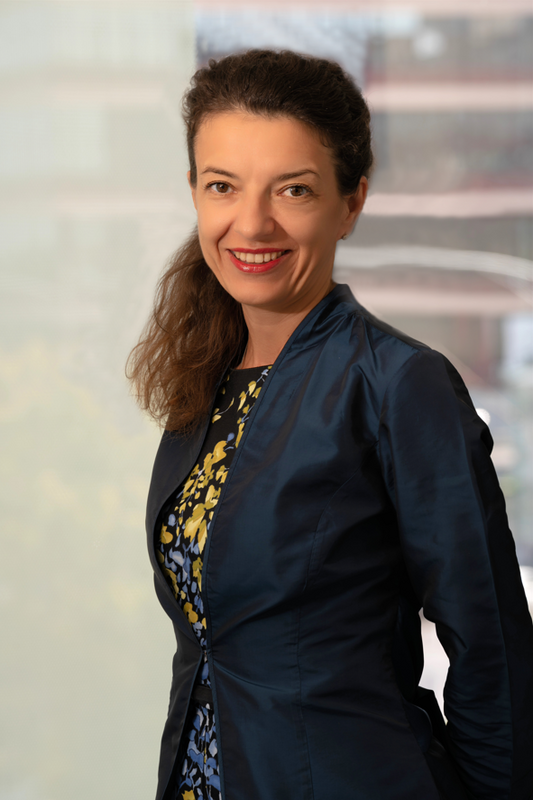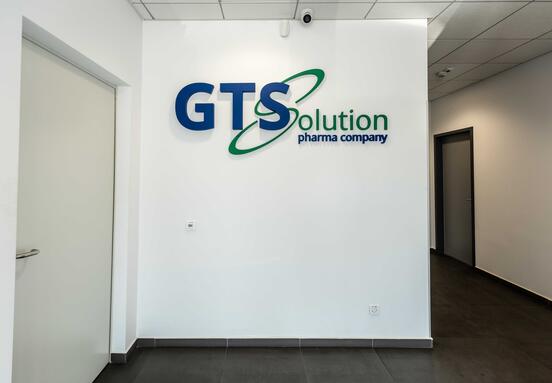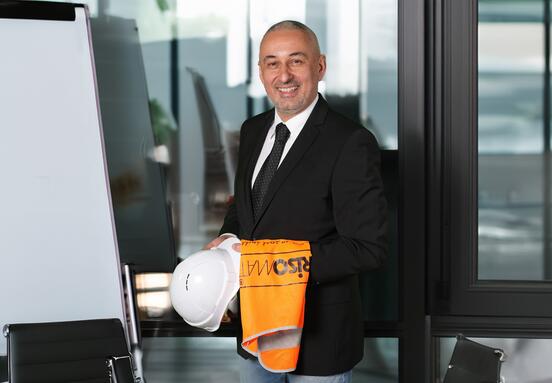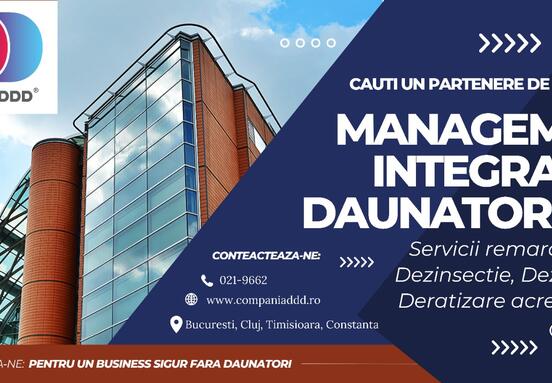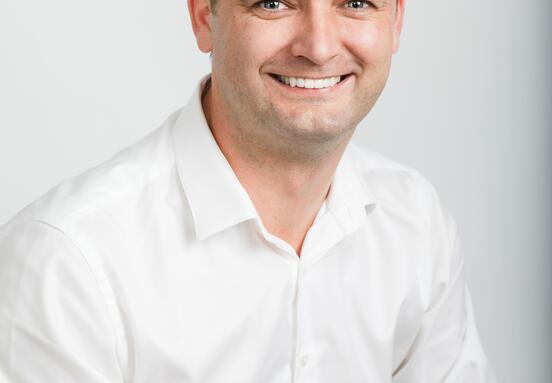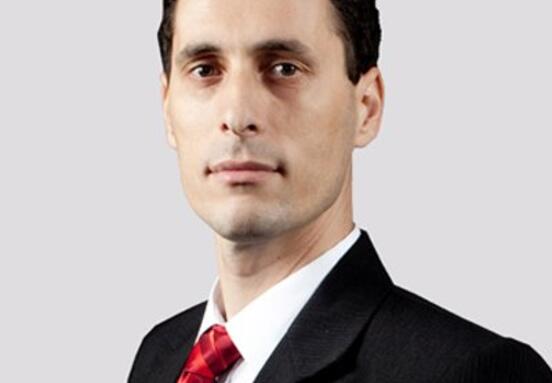What are the first conclusions of CTP on the evolution of the logistics and industrial space market in Romania in the first three quarters of 2021, especially against the background of the SARS-COV-2 pandemic?
Due to a number of structural reasons, such as urbanization and growing interest in e-commerce, demand levels are higher than ever, the number of vacancies is declining, and investor interest has grown exponentially.
Growing interest in e-commerce has been the major catalyst for growth, a trend that the Covid-19 pandemic has accelerated considerably. E-commerce remains a major driver of future demand for I&L space, and for logistics operations dedicated to electronic sales, the areas around Bucharest remain the most attractive, given that its inhabitants have the greatest purchasing power.
According to a Colliers report, the first half of 2021 looks exceptional for the industrial and logistics real estate sector, with total demand rising to almost 394,000 square meters, from almost 289,000 square meters of modern storage space traded in the same period last year. With Romania's I&L stock at almost half the level of Poland per capita and similar levels of consumption, Colliers consultants expect this dynamic to be maintained in the medium term, with the potential to approach the threshold of 10 million square meters of warehouses sometime by the end of this decade.
In 2021, owners and managers of industrial and logistics spaces have understood that they need to take steps to reduce the carbon footprint of their properties. Sustainability has become an important business pillar as additional pressure from investors, consumers and regulators encourages businesses to more closely assess the environmental impact of their businesses.
With its entire BREEAM-certified portfolio, CTP is the most sustainable developer in the region, and we can boast that by the end of this year, all of the group's operations will be carbon neutral. In its first ESG risk rating, conducted by Sustainalytics Inc., the company obtained a low risk score of 11.0. The ESG risk score measures the degree to which the value of an enterprise is exposed to significant financial risks from ESG (environmental, social and governance) factors. A score of 11.0 places CTP at the bottom of the "low risk" category, which on the Sustainalytics scale ranges from 10 to 20. In addition, CTP was ranked in the highest category - "strong" - for ESG management, which attests to the CTP's ability to properly manage ESG-related issues in terms of policies and programs, as well as through quantitative performance measurement.
Given the recent acquisition of the package of industrial properties owned by Zacaria, can you tell us what was the CTP strategy on the local market in the last two years and how does this acquisition fit into the company's medium-term vision in the market?
CTP Romania is the market leader in the field of industrial and logistics parks, a position that we constantly want not only to consolidate, but also to increase the gap with other players in the market.
We are an active player in Transylvania, in cities that are important for our clients, and the acquisition of the package of industrial properties owned by Zacaria is part of our strategy to develop in this region of the country.
For us, Transylvania is not only an important regional logistics hub, with easy access to pan-European transport corridors, but also an area where the development potential is still high, competition is relatively limited, and demand from retail customers is constantly growing.
That is why we allocate resources for the development of our presence in the area, proposing industrial/logistics parks at high standards in terms of building quality.
Moreover, through this acquisition, CTP added a new location in its portfolio, in Craiova, the city that connects logistically between Bucharest and the western part of the country.
Always, even more so now, the most important element in the development vision of CTP is to constantly help our clients to keep their promises to their own customers.
What does an x-ray of the company's real estate assets currently look like (sqm, number of logistics parks, cities in which it is present, rented area, area available for rent, etc.)
In Romania, CTP is the largest developer and administrator of logistics and industrial spaces of class A, with over 1,900,000 sq m of leasable area located in 13 cities: Arad, Brașov, Bucharest, Cluj-Napoca, Craiova, Deva, Pitești, Sibiu , Timișoara, Turda, Ineu, Salonta and Oradea.
We have over 100 buildings in the logistics parks in the cities where we operate, most of the spaces being fully rented.
Rental availabilities exist mainly in the newly acquired properties, those in transactions with Zacaria and Olympian Parks.
What are the logistics and industrial development plans of CTP in 2022? Are we talking more about BTS or speculative developments?
We plan to strengthen our position in the vicinity of Bucharest, so that we will continue our investments in CTPark Bucharest West, which is designed to become one of the largest logistics and industrial parks in Europe.
To our delight, the demand for build-to-suit warehouses has increased, and CTP has a remarkable experience in offering its clients warehouses built according to the exact specifications of the future tenant. Our customers want flexible solutions, and flexibility is perhaps the most important competitive advantage of CTP.
How does the CTP strategy on the Romanian market fit in the overall vision of the company? What is the importance of the Romanian market in the global portfolio?
For CTP, Romania represents a very large market, with a significant industrial history. It has a well-educated population, with many universities and a key link in European markets, with much room for geographical and economic growth. Due to its size and because it is a younger market, it has great potential for development, along with less pressure on development restrictions. At the moment, Romania is our second market in terms of size and the one with the fastest growth.
